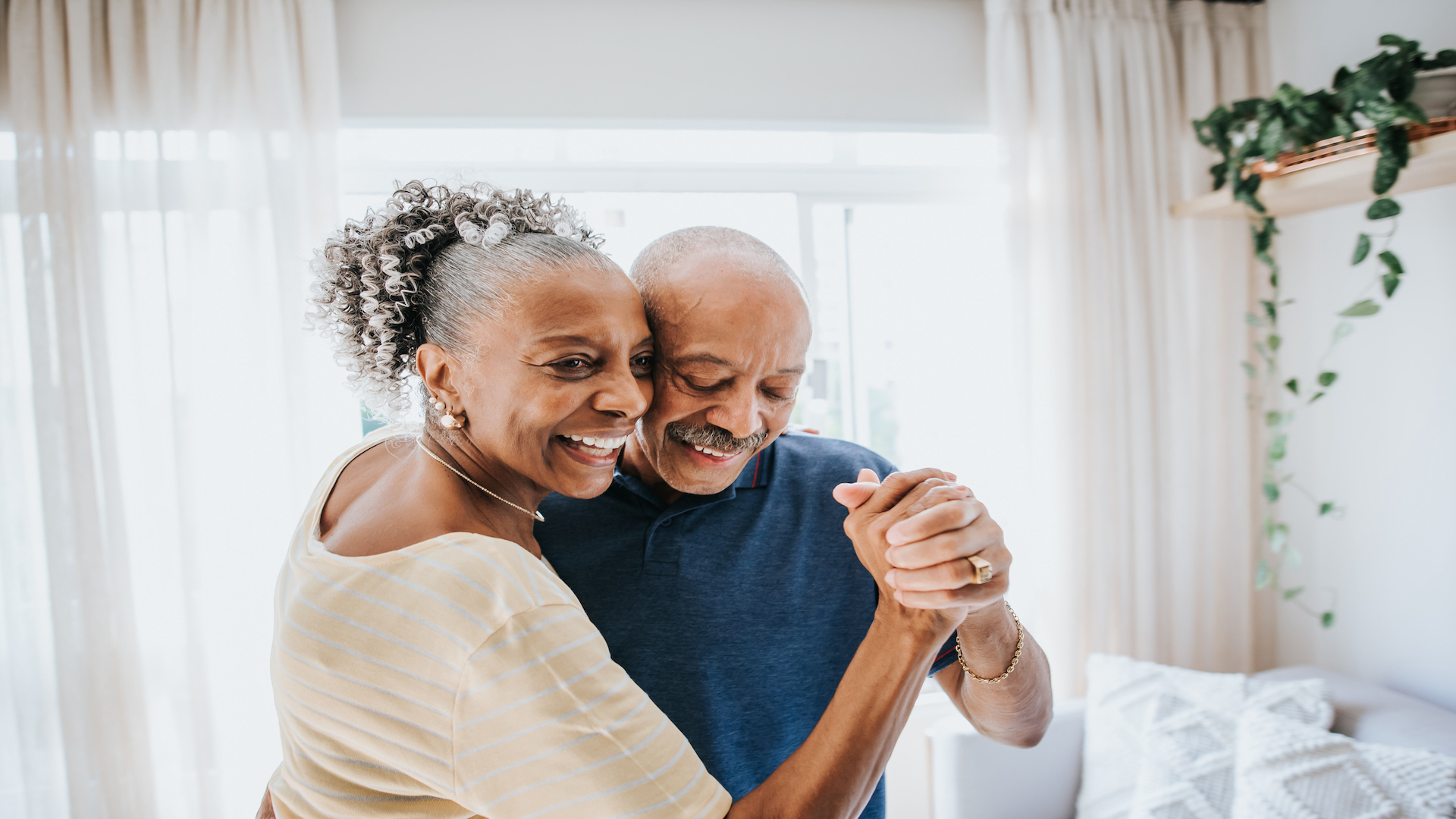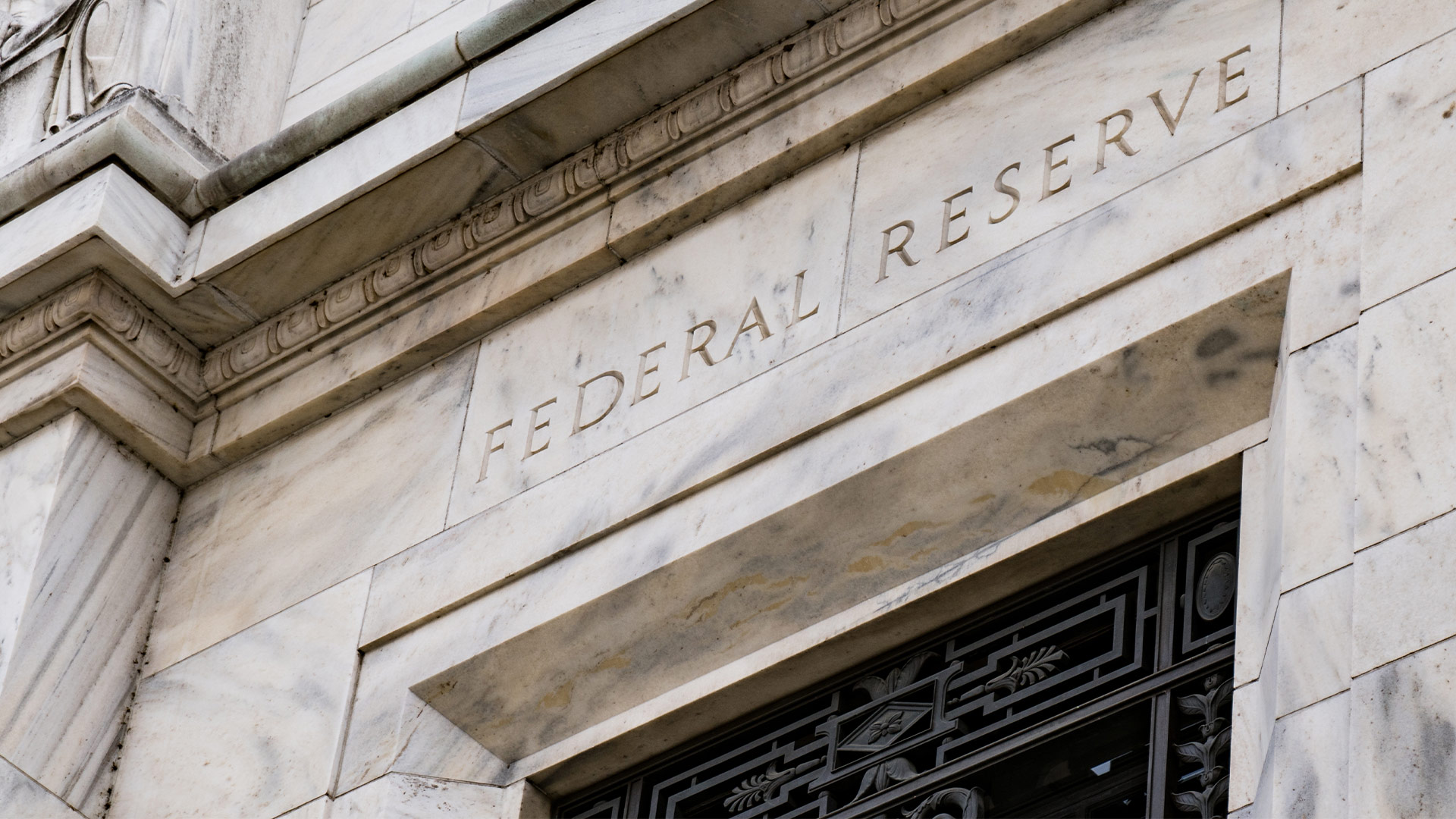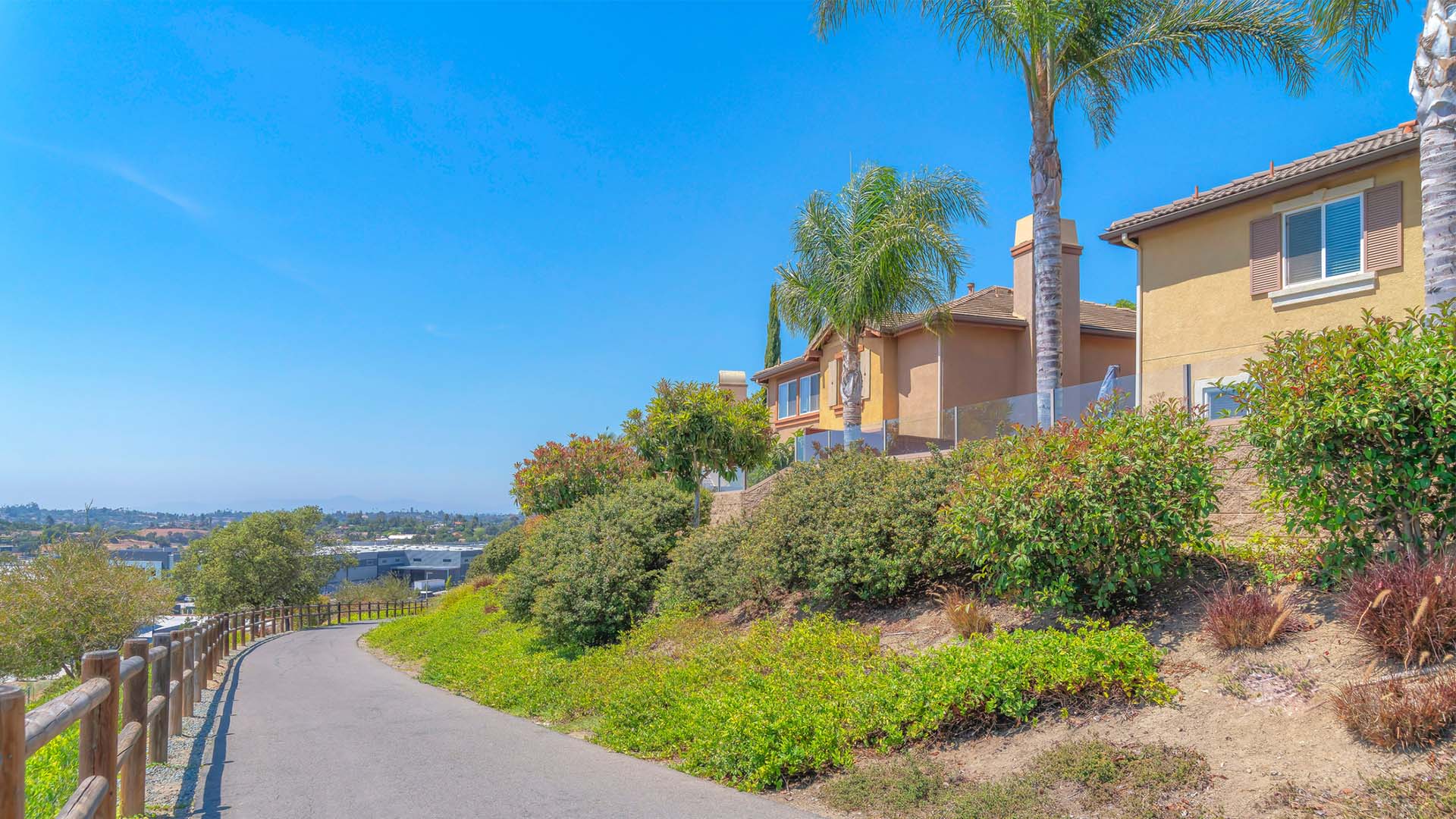
It’s possible (and doable) to buy a house with low income
When you buy a house with low income, you face several obstacles.
It’s not easy to save a down payment while renting. And you might have a harder time keeping your debt-to-income ratio and credit score pristine.
Fortunately, there are government-mandated programs to help low-income individuals break into homeownership.
And, chances are, you qualify for at least one of them.
Verify your home buying eligibility (Jul 3rd, 2020)In this article (Skip to…)
- 9 ways to buy a house with low income
- Low income home loans
- HomeReady and Home Possible
- USDA mortgages
- VA home loans
- FHA home loans
- Good Neighbor Next Door
- Manufactured and mobile homes
- Mortgage credit certificates (MCCs)
- Down payment assistance
- FAQ on low income home buying
9 ways to buy a house with low income
Even with low income, there are many programs and options available to help you buy a home. Here’s a brief overview of 8 popular programs intended to help lower-income renters become homeowners:
- The HomeReady and Home Possible loans feature low down payment requirements; just 3 percent of the home’s purchase price
- The USDA home loan allows you to buy a home with no money down and 100 percent financing
- VA home loans are specifically for military home buyers, and require no minimum credit score or down payment
- FHA home loans are great for buyers with lower credit scores or higher levels of debt. They’re easier to qualify for than most other programs
- The Good Neighbor Next Door program offers unique benefits for nurses, first responders, and teachers
- Manufactured and mobile homes are some of the most affordable housing options and can be financed with many mainstream mortgage programs
- Mortgage Credit Certificates give you a tax credit equal to some percentage of your mortgage interest
- Down payment assistance, in the forms of grants or loans provide assistance to people in “underserved” or “redevelopment” areas regardless of income
- Personal loans may be able to help you buy a lower-priced home
We’ll cover each of these programs in more detail below, starting with mortgage programs for low income home buyers.
Verify your home buying eligibility (Jul 3rd, 2020)Low income home loans
Many of the best mortgage programs are available to homebuyers with low or moderate income. They are the solution when your question is, “How to buy a home with low income and good credit?”
These low income home loans offer one or more benefits, including:
- Below-market interest rates and payments
- Discounts on mortgage insurance
- Low down payment requirements
- Down payment assistance (grants and loans)
Most of these programs require you to complete some form of approved homebuyer education, especially if you’re a first-timer. And all of them require you to live in the home — no vacation homes or rentals allowed.
Lenders also offer government-backed programs that are not restricted by income, but their features are helpful for homebuyers who earn less.
HomeReady and Home Possible Advantage
Fannie Mae’s HomeReady program and the Home Possible Advantage loan from Freddie Mac feature low down payment requirements. You only need three percent of the home’s purchase price, and that can be a gift, grant or loan from an acceptable source.
In addition, mortgage insurance for these low income home loans is discounted. With three percent down, standard mortgage insurance for a buyer with a 720 FICO score is .95 percent per year. With these special programs, though, you might pay just 0.65 to 0.77 percent.
There is no minimum required contribution from the borrower. Even better, the home seller is allowed to pay closing costs of up to three percent of the purchase price. Instead of negotiating a lower sales price, try asking the seller to cover your closing costs.
USDA (Rural Housing) mortgages
If you’re not buying within city limits, you may qualify for a USDA home loan. This program was created to help borrowers with low-to-moderate income buy homes in rural areas.
About 40 percent of the US population lives within designated rural areas. With a USDA home loan, you can buy a home with no money down and 100 percent financing.
There are two types of USDA loans — the Guaranteed Program for those with incomes that don’t exceed 115 percent of the Area Median Income (AMI), and the Direct Program, for those with incomes between 50 and 80 percent of the AMI.
USDA-approved mortgage lenders make the Guaranteed loans, while the government funds Direct loans without involving private lenders at all.
VA home loans
The VA mortgage for military homebuyers is not specifically for low-income applicants, but it’s helpful for several reasons.
First, there is no minimum credit score under the program (although lenders can add their own minimums if they want to).
Second, there is no down payment requirement. You can finance 100 percent of the purchase price.
Third, there is no mortgage insurance. The VA Funding Fee can be wrapped into the loan amount.
Finally, VA mortgages allow sellers to pay up to four percent of the purchase price in closing costs. So you can get into a home with nothing out-of-pocket.
FHA home loans
FHA loans are specifically intended for lower-income, lower-credit, and/or first time home buyers.
This program, which is backed by the Federal Housing Administration, makes it easier to become a homeowner by relaxing the standards borrowers must meet to get a mortgage.
Depending on the lender you use you might be able to get an FHA loan with a debt-to-income ratio up to 45% or a credit score as low as 580. Select lenders even allow credit scores starting at 500, as long as the buyer can make a 10% down payment.
Thanks to these perks and others, the FHA loan is one of the most popular low-down-payment mortgages on the market.
Verify your home buying eligibility (Jul 3rd, 2020)Good Neighbor Next Door
This program offers unique benefits for nurses, first responders and teachers. If you’re eligible, you can buy HUD foreclosure homes at a 50 percent discount. Use an FHA mortgage, and you only need $100 for a down payment.
You find the homes on HUD’s Web site, and you need a licensed real estate agent to put your offer in for you.
If your offer is accepted, and you qualify for financing, you get the home. The 50 percent discount makes it a lot more affordable. The discount is actually a second mortgage.
This second mortgage, though, has no interest and requires no payments. Live in the home for three years, and the second mortgage is terminated.
Manufactured and mobile homes
Manufactured housing is some of the most affordable around. Homes on approved foundations and taxed as real estate can be financed with many mainstream mortgage programs.
Many programs require slightly higher down payments or more restrictive terms for manufactured homes.
HomeReady, for example, increases the minimum down payment from three percent to five percent if you finance a manufactured home.
Mobile homes that are not classified as real estate can be purchased with personal loans like FHA’s Title 2 program. These are not mortgages, because the homes are not considered real estate.
Personal loans
One strategy to use if you have lower income is to pay a below-market price for the home.
Often, homes that are not financeable with a traditional mortgage have very low purchase prices. The seller simply wants to sell the home, but no one can get a loan on it.
In these cases, you could use a personal loan. These loans are not dependant on the property at all. The lender won’t ask for an appraisal because the home is not the collateral.
You can get approved for a personal loan more quickly than for a traditional mortgage. And, approval times are faster, too.
Mortgage Credit Certificates (MCCs)
Mortgage credit certificates (MCCs) allow you to stretch your home-buying power. If you meet income-eligibility guidelines, you get a tax credit equal to some percentage of your mortgage interest.
Lenders are allowed to add this credit to your qualifying income when they underwrite your mortgage. This allows you to qualify for a higher mortgage amount than you otherwise could.
Mortgage credit certificates are issued by many states, counties and cities, and their rules and amounts vary widely.
Down payment assistance (DPA)
Down payment assistance may be offered by charities, government agencies, employers and other sources. It usually takes the form of a grant or loan.
Most programs impose some form of income limits on recipients. Some, however, provide assistance to people who buy in “underserved” or “redevelopment” areas regardless of income.
Average down payment assistance is about $12,000. Surprisingly, many who qualify for DPA never apply for it — because they don’t know it exists.
If you don’t ask, you don’t get
Now you know about these programs, so ask your local real estate agents or housing authority about those that might apply to you.
It’s possible for people to buy a house with low income and pay nothing out-of-pocket.
Between down payment assistance, concessions from sellers, or other programs like Community Seconds, you can buy a home with no money, as long as your income and credit fall within the program guidelines.
Verify your home buying eligibility (Jul 3rd, 2020)FAQ
It’s very possible to buy a house with low income. But you have to know which mortgage program will accept your application. Luckily, there are many loans designed to help you buy a house with low income. A few popular options include: – FHA loans — Allows low income, and as little as 3.5 percent down or 500 credit score– USDA loans — Specifically for low-income buyers in rural and suburban areas– VA loans — A good zero-down option for low-income veterans and servicemembers– HomeReady loan — A newer loan for low-income buyers with just 3 percent down – Home Possible loan — Just 3 percent down for “very low, low, and moderate income borrowers” You can explore your low-income home buying options here.
Whether or not you qualify for a low-income mortgage depends on the program. For example, you might qualify for an FHA mortgage with just 3.5% down and a 580 credit score. Or, if your house is in a qualified area and you’re below local income caps, you might be able to get a zero-down USDA mortgage. Veterans can qualify for a low-income mortgage using a VA loan. Or, you can apply for the mortgage with a co-borrower and qualify based on combined incomes. See more low-income loans here.
Specialized mortgage programs can help first-time home buyers overcome hurdles like low credit or income, smaller down payments, or high levels of debt. A few good programs available for first-time home buyers include Freddie Mac’s Home Possible mortgage; Fannie Mae’s HomeReady mortgage; the Conventional 97 mortgage; and government-backed loans like FHA, USDA, and VA. First-time home buyers can also apply for down payment assistance grants through their state or local housing department.
There are a number of ways the government can help you buy a house. Perhaps the most direct way to get help from the government is by applying for down payment assistance — which is a grant or low-interest loan to help you make a down payment. You can also buy a house using a government-backed mortgage, like FHA or USDA. With these programs, the government essentially insures the loan, so you can buy with a lower income, credit score, or down payment than you could otherwise.
You can no longer buy a house without proof of income. You have to prove you can pay the loan back somehow. But there modern alternatives to stated income loans. For instance, you can show “proof of income” through bank statements, assets, or retirement accounts instead of W2 tax forms (the traditional method). Many people who want to buy a house without proof of income these days find a bank statement loan to be a good option.
A lease option or “rent-to-own” isn’t exactly what it sounds like. You don’t simply rent until the house is paid off. Instead, you usually pay higher rent for a set time. That excess rent then goes toward a down payment when you buy the house at a later date. Rent-to-own might help you buy a house if you don’t have a lot of cash on hand right now. However, rent-to-own requires seller cooperation and comes with unique risks. Learn about how you rent-to-own here.
Rent-to-own does not mean you can buy a house with no down payment. When you rent-to-own, you’re paying extra rent each month that will go toward your down payment later on. And usually, rent-to-own contracts include an “option fee” that’s a lot like a down payment. The option fee is smaller — think 1% of the purchase price instead of 3-20% — and it eventually goes toward your purchase. But it’s still a few thousand dollars you must pay upfront to secure the right to buy the home later on.
Yes, you can get a grant to buy a house. Or at least, you can apply for a grant to buy a house. These are called “down payment assistance” grants. They won’t pay for the whole house, but they can help cover your down payment to make a mortgage more affordable. You’re most likely to qualify for a grant to buy a house if you have low to moderate income and live in a “target area.” See our full guide to down payment assistance grants and loans here.
What are today’s mortgage rates for low-income homebuyers?
Many programs that allow you to buy a house with low income have lower rates than standard mortgages.
However, even government-backed loan rates are not set by the government. You have to get a few quotes from several lenders, and then choose your best deal.
Verify your new rate (Jul 3rd, 2020)


